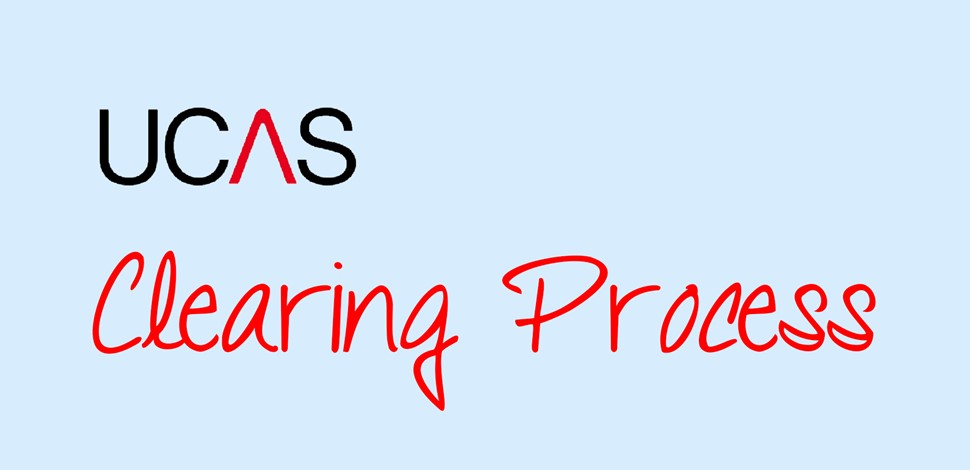Between the months of July and September, UCAS offers a service to help students who haven’t yet secured a place at university.
Clearing is used each year by thousands of students to help them find a suitable university course.
Clearing can be very useful if:
- You didn’t get the grades to secure your first choice course
- You didn’t receive any offers
- You have rejected all your offers
- You applied after 30 June
You will find yourself automatically being placed in Clearing if you didn’t receive the grades to secure your choice of course. This is an excellent opportunity for finding a promising alternative however it is essential to act fast after finding out your results.
Available courses are advertised on the UCAS website, however if you’re set on a particular university or type of degree it might be worth doing your own research online.
It is important to be as flexible as you can be in order to find the best course for you.
What to do next:
Before you start, make sure you have the following to hand:
- The contact details for all the universities you’re interested in – they could well have dedicated phone numbers for Clearing
- Your own contact details, your UCAS number, and UCAS Track log-in info handy
- All your grades and results nearby
- Access to your personal statement – best to familiarise yourself with it as you might get questioned on it
- A pad and pen to take notes
Next, identify a place where you will not be disturbed or distracted. It is more than likely that you will be spending a lot of time on the phone so make sure your phone is charged and you have a decent signal – and internet access would be useful.
Check the Clearing vacancy listings on the UCAS website and make a note of any courses you are interested in. It’s worth doing a bit of research to find out more about the university and the course before you go any further.
It’s up to you to make the call to the universities on your shortlist. Treat it like an interview, adopting an enthusiastic and positive manner and answering questions about what makes you the ideal person for the place available. At this stage, universities are still likely to be selective on who they offer places to so it is very important to make a good impression.
On receipt of an offer – make sure you are totally clear on what it is, perhaps requesting a confirmation e-mail - the university will provide you with a course code and an institution code.
If you would like to accept this offer, you need to add these codes to UCAS Track by the deadline provided by the university. The earliest you can add the codes is usually late afternoon on the day you receive your exam results.
Once the university has done what they need to do, you should see your status on UCAS Track change to UF.
Top tips:
- You can only add one clearing choice at a time on Track – so make sure you are confident about any offer.
- Universities will usually give you a couple of days to decide – visit their website or the campus if you can before agreeing.
- Clearing Open Days – organised by universities – might be helpful.
- Understand you don’t have to accept the first offer.
- It is also vital to be clear that the university has actually offered you a place. If you enter a choice on Track and they haven’t, the chances are you will be knocked back and this will prevent you from looking anywhere else until the rejection has become official.
University…Here I Come!
All going well – and codes entered and accepted – you are on your way to university… let the good times roll and the hard work begin!
Visit the Clearing section on the UCAS website to find out more.


